Film jako tekst kultury. 51. Lubuskie Lato Filmowe – reminiscencje
Reminiscences from the 51stLubusz Film Summer in 2022.
More...We kindly inform you that, as long as the subject affiliation of our 300.000+ articles is in progress, you might get unsufficient or no results on your third level or second level search. In this case, please broaden your search criteria.
Reminiscences from the 51stLubusz Film Summer in 2022.
More...
Jean-Pierre Mocky represents the independent French director of distinctive comedy and genre films which protrude from the traditional production. In this post we attempted to introduce specific poetics of this director with emphasis on style analysis of film The Big Scare or The City of the Unspeakable Fear (La Grande Frousse ou La Cité de l'indicible peur) from 1964. In the conclusion we have reviewed the author's approach to the horror and detective genre in The Big Scare can be seen as very original and unconventional for its time. From the field of horror and fantasy, Mocky selects several elements in terms of visual stylization, space and selected motifs, but they actually serve as a means to setting of the satire, absurdist and black humour and plot construction involving mystification. Several procedures and motifs used in Mocky's film are based on the tradition of the horror and detective genre, which Mocky, in combination with elements of grotesque, satire and absurdity, simultaneously moves into a parody. The main character of police inspector Triquet, played by the comedian Bourvil, contains a hidden social attitude against the capital punishment.
More...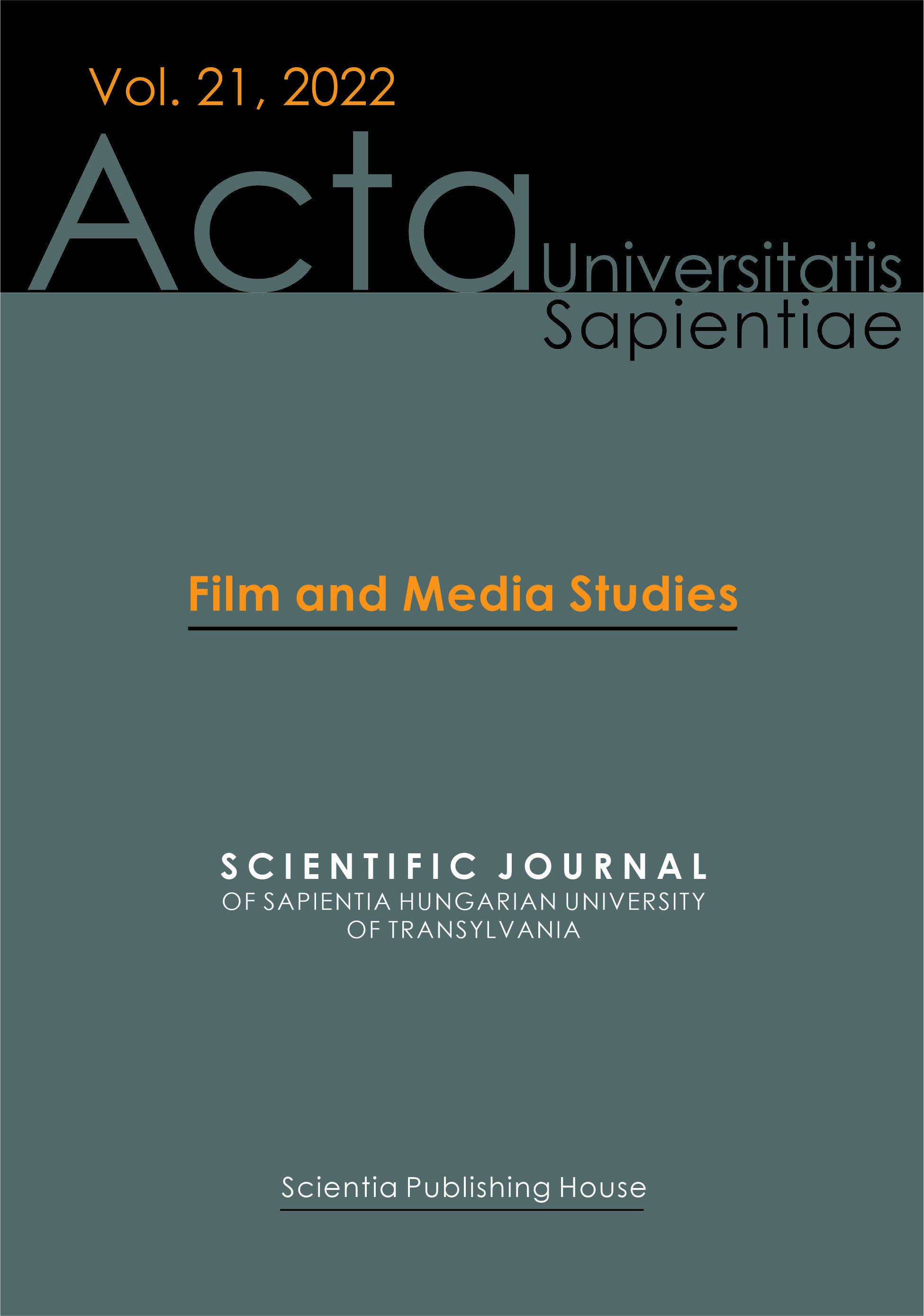
This article explores synergies between Hungarian critical sociology in the 1960–70s and the documentary films made in Balázs Béla Stúdió in the same period. It treats the rationalization of social phenomena as a battle ground for meaning and claims that both representatives of the social sciences and filmmakers, on the one hand, called upon deficient social mechanisms and the inner contradictions of existing socialism and, on the other hand, pointed to the discrepancy between ideological and empirical perceptions of reality as the root cause of the crisis characterizing the consolidated Kádár regime. Adopting Clifford Geertz’s conceptual matrix of the experience-near and the experience-distant production of social meaningfulness, the article explores how sociologists and makers of sociographic documentaries alike resisted the prevailing epistemic regime, more specifically how they punctured and undermined the ideological meanings of such concepts as maternity, the Romani, and cooperative democracy.
More...
The study aims at investigating the phenomenon of crisis in the intersection of three areas: simulation, singularity and temporality. The argument develops a theory of the singular crisis whose instances are demonstrated and proved by the American thriller, Take Shelter (2011, Jeff Nichols). The applied concept of crisis is based on the argument that any critical period is treated by models derived from earlier crises. The theoretical background to the simulated operating mechanisms of the crisis is Jean Baudrillard’s and Gilles Deleuze’s appropriations of simulation and simulacra. In case the simulated problem-solving patterns fail in a critical period, the singular characteristics of the crisis can be observed. Based on examples taken from the film, the article argues that reaction to any given crisis is essentially built up by both hyperreal patterns governed by simulation and singular elements that simulation cannot account for. The description of the temporal nature of crises is heavily dependent on interpretation, thus their temporal span is observed from the vantage point of their singular characteristics. The study argues that crises are characteristically open-ended but their endpoint is predominantly designated in hindsight to render the crisis as a finished time period for the sake of manageability.
More...
The article shows the way must-see film lists hosted by financial publications positivize, after the 2008 crisis, the message of feature and documentary films representing finance. Here positivization refers to the detouring or softening of the critical edge of the message of a film in the interests of the hosting website and the profession of finance in general. Emphasis falls on financial literacy and on a film’s artistic prestige and entertainment potential. The author argues that positivization is a semantic strategy indicative of a neoliberal business ontology that informs the interpretation of cultural artifacts. It instrumentalizes signification processes in order to foreground exchange value and present film reception as an investment in human capital.
More...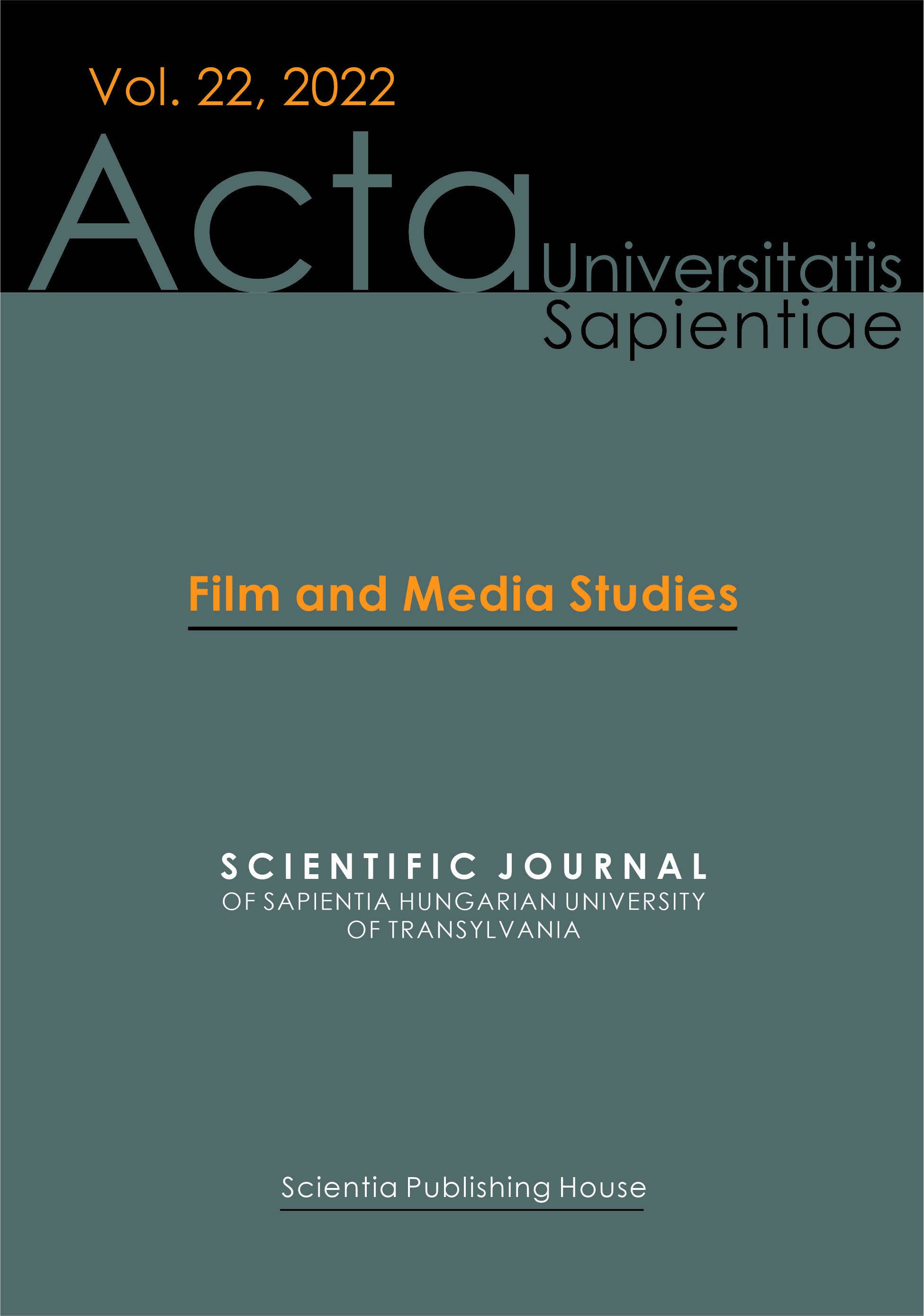
This paper focuses on the motif of permanent crisis and the “ghost” in Tsai Ming-liang’s art through a close analysis of films such as I Don’t Want to Sleep Alone (Hei yan quan, 2006), What Time Is It There? (Ni na bian ji dian, 2001), Vive l’amour (Ai qing wan sui, 1994), The Skywalk is Gone (Tian qiao bu jian le, 2002), The Hole (Dong, 1998), and the relevant discourse of Jacques Derrida and Gayatri Chakravorty Spivak, pointing out new, previously undiscussed connections between What Time Is It There? and François Truffaut’s The 400 Blows (Les quatre cents coups, 1959). The aesthetics of the spectral is presented as a possible way of approaching films that not only reckon with the increasing immaterialization of the medium in the digital age, but also extend this to understand and represent new qualities of human relationships and existence in the world, using the motif of the ghost as an allegory of the medium and a “haunting” of traditional cinematic plot organization and narrative.
More...
In the Argentine film The Headless Woman (La mujer sin cabeza, Lucrecia Martel, 2008), the protagonist Vero is haunted by the possibility of killing someone in a hit-and-run. Although hinting at the crimes committed during the last dictatorship in Argentina, The Headless Woman refers more to a mechanism of the past that is transformed and updated within contemporary society. In this essay, Martel’s film acts a starting point in the exploration of recent Argentine films that deal with spectres from the past that pervade everyday life in the present: Clementina (Jimena Monteoliva, 2017), One Sister (Una hermana, Sofía Brockenshire and Verena Kuri, 2017) and The Returned (Los que vuelven, Laura Casabé, 2019). In a decade in which we can notice a remarkable growth of the horror genre in Argentine cinema, these films embrace several codes and characters from the horror genre to approach the Argentine reality. The author discusses how these filmmakers adopt similar aesthetic features from the horror genre to invoke and address the violence that permeates Argentine society today, with special attention devoted to ghosts, a key figure to understand an ongoing history of brutalities that usually go unresolved.
More...
The Troubles officially ended with the Good Friday Agreement of 1998, but the conflict left such profound scars in the history of the region that making a film about Northern Ireland tends to almost automatically assume a discourse informed by division. The question that arises, then, is how this context may be tackled so as to simultaneously do justice to its traditionally rendered black-and-white reality and offer a more complex, contemporary understanding of the past that embraces reconciliation, openness and multiplicity of perspectives. Thus, the paper offers a close analysis of multiple types of division featured in Kenneth Branagh’s Belfast (2021) and Terry Loane’s Mickybo and Me (2004) by making use of John Hill’s and Fiona Coffey’s theoretical categorizations that distinguish traditional Troubles productions from the more recent Peace Process cinema. This genre-based inquiry allows for a probing of the films’ positioning in relation to the Troubles paradigm, as well as a revealing of difference at the heart of two otherwise very similar films, whose employment of conventional vocabulary may not allow for their unproblematic alignment with the politics of peace.
More...
The paper addresses the cultural paradigm of metamodernism as conceived by Timotheus Vermeulen and Robin van den Akker (2010). Ontologically, metamodernism is perceived as oscillating between the modern and the postmodern, whereby the tools of postmodernism (such as irony, sarcasm, parataxis, deconstruction, scepticism and nihilism) are employed to counter (but not obliterate) modernist naivety, aspiration and enthusiasm. This oscillation results in what the above authors have termed “informed naivety,” a phrase denoting a state of wilful pragmatic idealism that allows for the imagining of impossible possibilities. Vermeulen and van den Akker’s two key observations about the shift from postmodernism to metamodernism in contemporary art are discussed in this paper, namely the (re)appearance of sensibilities corresponding to those of Romanticism and the (re)emergence of utopian desires, in an attempt at a metamodernist analysis of the Netflix adaptation of the Bridgerton book series, aimed primarily at elucidating its popularity as one of the most watched programmes of the global Covid-19 pandemic.
More...
In this article the author interprets the image of Daenerys Targaryen from the HBO television series, Game of Thrones (2011–19) as an allegory for the Me Too movement and as a symbolic depiction of the concepts of women regaining their power. She follows the connection between the emerging visualization of Daenerys with the tiny dragons and ancient depictions of Goddesses and dragons, and connects this motif to feminist scholars who researched the revival of feminine language in the 1970s and the 1980s of the 20th century. The article also suggests that the nudity of women depicted in fantastic art, particularly in images with women and dragons, are not necessarily titillating but representative of the early feminist stage of women seeking a symbolic power figure. The author also contrasts Daenerys’s visualization with those images, suggesting how she demonstrates the evolution of the motif in light of the changing focal points of feminist movements. Daenerys’s image, she suggests, reflects one of the central issues of the Me Too phenomenon – considering the female body as a sanctuary, which even if exposed and suggestive, is dangerous and forbidden to touch.
More...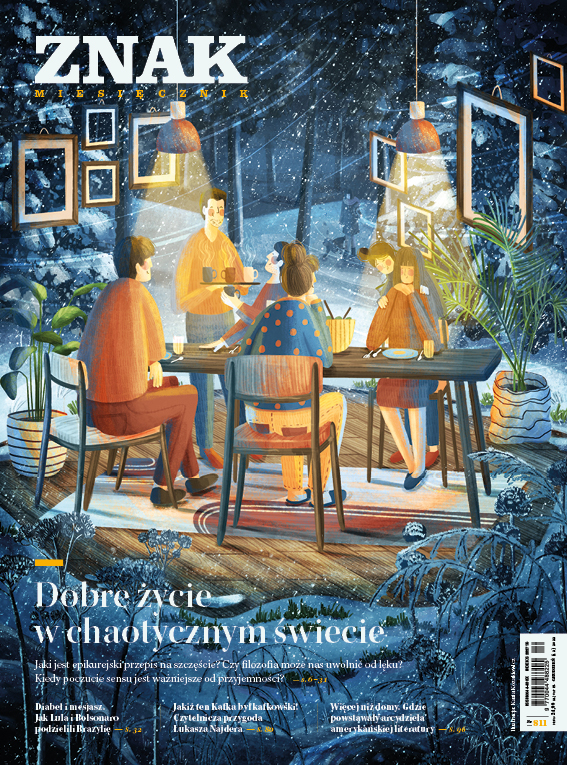
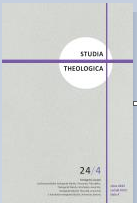
The Sistine Chapel is the most significant location in The Two Popes, both in terms of the space where the most important scenes take place and in terms of the paintings on its walls. The aim of this paper is to explore the ways in which the Sistine Chapel is used as part of the film form. Like any formal element, the Sistine Chapel performs some functions in relation to how the narrative is conveyed to the audience. In each section of this paper, I progress from the initial impression the viewer gets when watching the film to the individual shots. The result is an understanding of the film-making techniques that have been used to strip the Sistine Chapel of the myriad layers of meaning that have been given to it over the years and to subordinate the Sistine Chapel to the needs of cinematic narration.
More...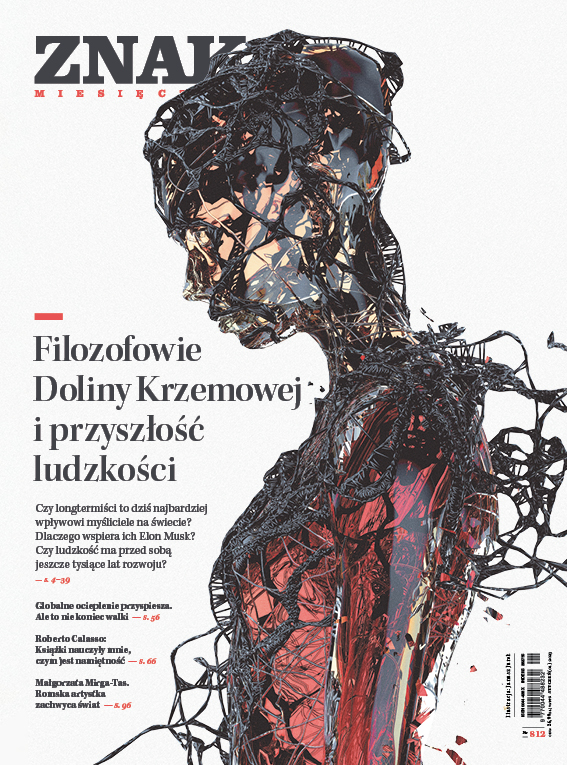
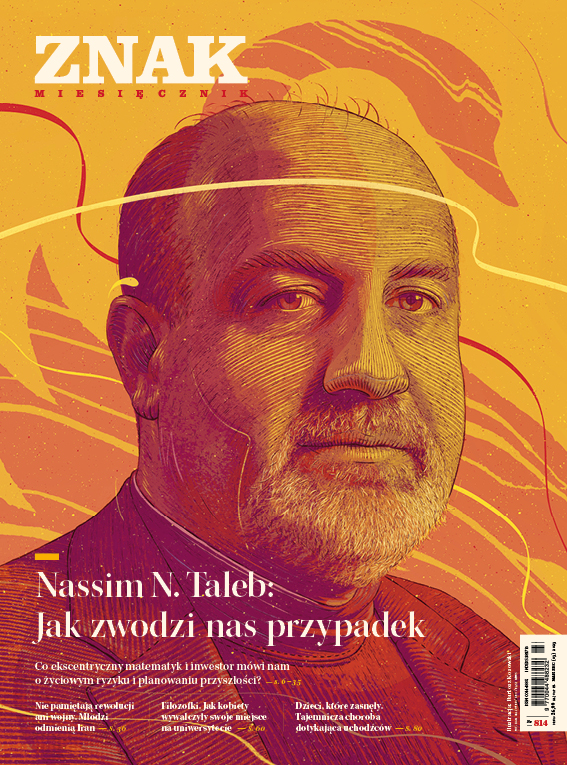
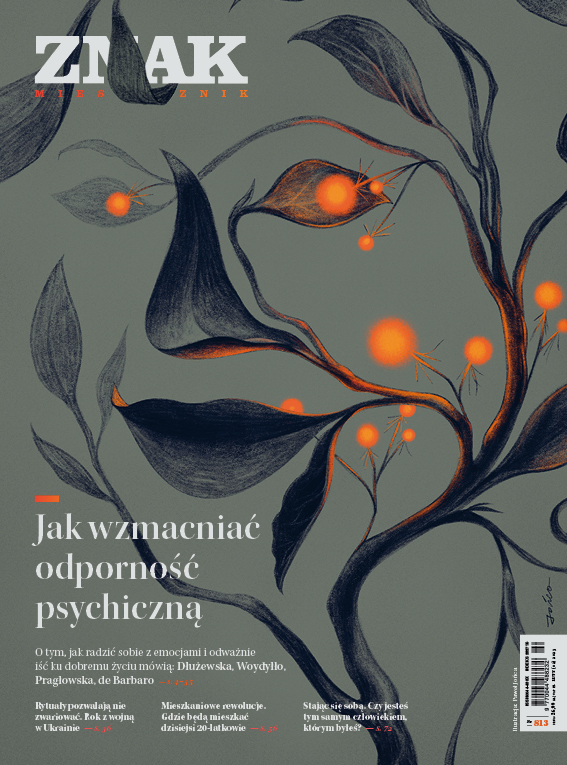
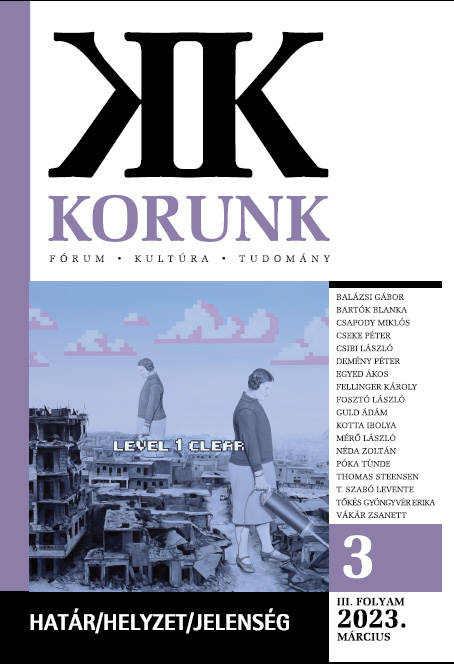
In my paper, I examine the borderline between documentary and feature films by enumerating the typical differences and similarities. My question is: in adapting a true story, is the documentary an unbiased presentation of reality, or rather a representation of the director’s subjective objectivity? I compare the adaptations of the popular story of Oskar Schindler: Steven Spielberg’s world hit feature film Schinder’s List and Jon Blair’s documentary, Schindler: The Real Story, examining the adaptation techniques of the two genres, focusing on the emphasis of the episodes of the well-known story in each of the two works. Finally, I show, through a case study of my own work, how the boundaries between the two cinematic genres are blurred in the processing of memory and documentary data.
More...
Cinematographic art uses various and multiple expressive methods, including those borrowed from literature and theater, one of which is the inner monologue. In a film, the inner monologue is usually short, succinct, like a flash of the mind reflecting on what is happening, or a thought about certain possible consequences, or some evocations… Since, the purpose of a film is not just to present the characters’ world of actions and passions, but also their spiritual life.
More...
The opening scenes of any film are produced first in the sound plane, then in the visual one and set the horizon of expectation to the future audience , offering it through a methaphor specific to the language of this art, the deep meaning of the film. We can also say that this visual discourse graphically coded in the form of credit titles, communicates to the audience’s subconscious all the necessary elements for the cinematic narrative to acquire the force of truth, to be truthful.. Thus, „a pattern” or „a key” is established that the audience will unconsciously resort to in order to understand the meanings of the cinematic discourse when the dramatic moments of the film define the destiny of the narrrated universe. We could say that these moments constitute the foundation on which the film narrative is built, the universe in which the characters will evolve, but also the sighn of their destiny.
More...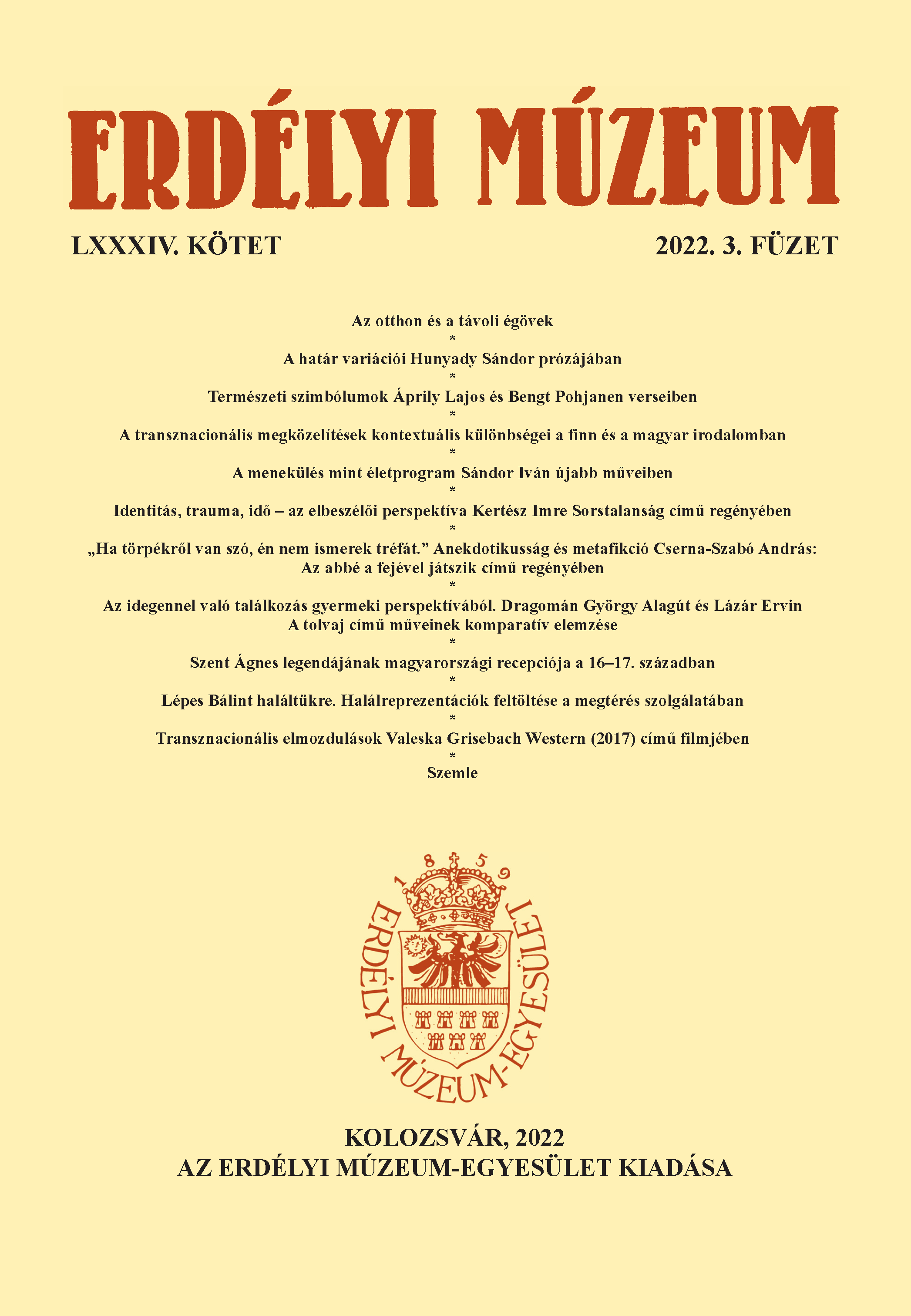
The paper focuses on the transnational aspects of Valeska Grisebach’s 2017 film, Western that are relevant not only in the production process and the institutional structure of the film but also in its narrative and generic patterns. Reversing the East–West direction of the transnational labour migration, the film places German construction workers as foreigners in a small Bulgarian village displaying (mainly through the figure of the German protagonist) the experience of dislocation and placelessness. The paper examines the way in which the film stages quotidian encounters and conflicts between the German and the Bulgarian community and displaces hierarchical and homogenizing concepts that juxtapose Western Europe with Eastern Europe as its “other.” Grisebach’s Western connects languages, ethnicities and (film)cultures that are not homogenous themselves and creates a “contact zone” for rethinking the notion of the national, the local, the regional and the global. In this way, the film foregrounds the transformative potential inherent to transnational perspectives.
More...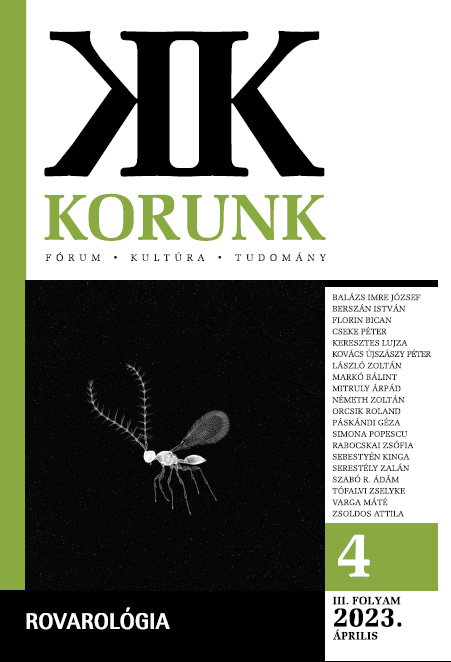
Insects are often depicted in mainstream movies as antagonists. And no wonder – they seem utterly alien to humans. Flies especially were always pariahs on the silver screen, ever since Frank Langelaan first wrote a short story in 1957 about an unfortunate experiment. Hollywood adapted this horror story to the movie screen twice, once in 1958 and then in 1986. This article is about body-horror, science gone awry, insect politics in (the original and the remade) The Fly movies.
More...